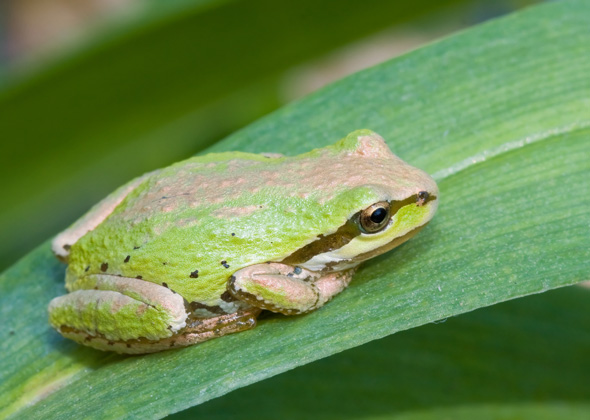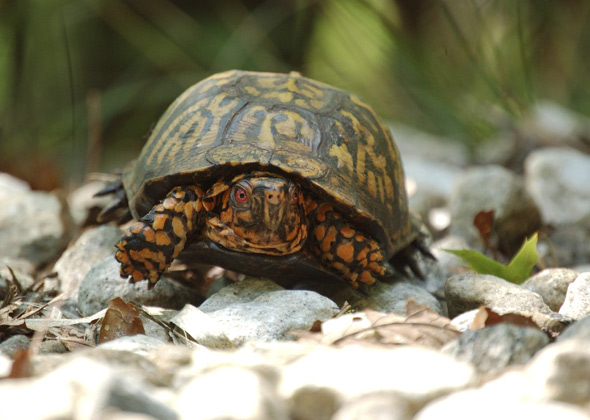Celebrate July 4 with 10 Fascinating Animals Found in the United States
Published on July 03, 2014
Skip To
The Fourth of July is the perfect time to celebrate all aspects of our nation — including its animals. North America is home to many fascinating species, and some of the more interesting can be found right here in the United States.
“North America is a big continent with such a great diversity of different wildlife species that many don’t exist anywhere else. It’s up to us to protect them and their habitats so they stay around,” National Wildlife Federation naturalist David Mizejewski says.
We spoke with Mizejewski about 10 animals that have native ranges in the United States and beyond. Some of the animals you may be familiar with, but a few just might surprise you!
More on Vetstreet.com:
“North America is a big continent with such a great diversity of different wildlife species that many don’t exist anywhere else. It’s up to us to protect them and their habitats so they stay around,” National Wildlife Federation naturalist David Mizejewski says.
We spoke with Mizejewski about 10 animals that have native ranges in the United States and beyond. Some of the animals you may be familiar with, but a few just might surprise you!
More on Vetstreet.com:















